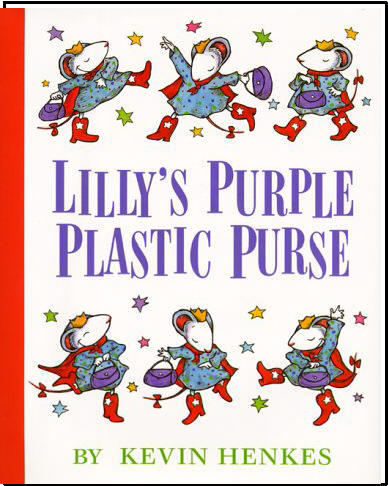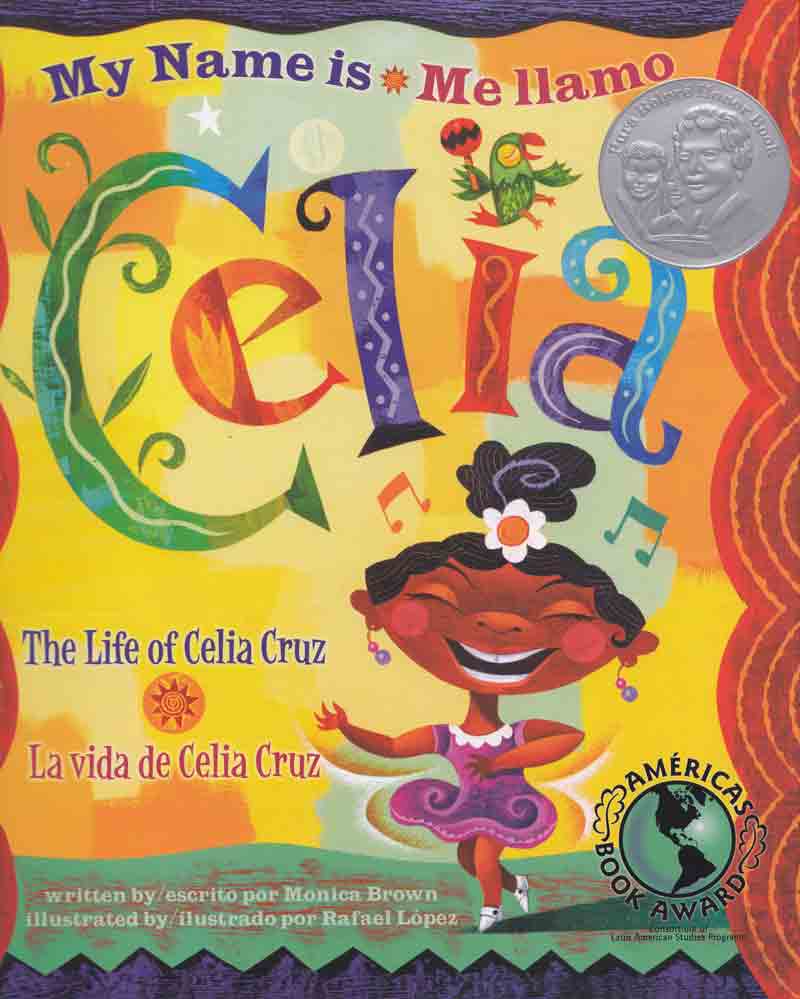
Shannon, D. (2004). A Bad Case of Stripes. New York: Scholastic.
*ONLINE RESOURCE*
www.storylineonline.net
This website features various videos of actors/actresses that read children's storybooks.
Here is the link that will take you directly to the video:
Readability lexile: AD520L
Adult Directed - Picture books often get an AD or "Adult Directed" code. They're usually read to a child, rather than a child reading them independently. Although seemingly easy reading, some picture books actually have pretty high Lexile measures, and could present a challenging independent reading experience to an age-appropriate reader. Initially, an adult may want to read the book along with the child.
Summary:
Camilla Cream loves lima beans, but she never eats them. Why? Because the other kids in her school don't like them. And Camilla Cream is very, very worried about what other people think of her. In fact, she's so worried that she's about to break out in ... a bad case of stripes!
Evaluation of the text based on Donna Norton's characteristics of high quality literature (Norton, D. (2011):
This book could be used as high quality literature, because it serves for multiple avenues of learning. For example, this book could be used to teach about something students really love or love doing, but are afraid that if they tell what that something is they will no longer be liked because of it. This book could also be used to talk about fitting in and what individuality means.
In the Ten Steps for Reviewing Children's Literature by Norton, I think this book addresses the story line the best. The book's story line is very current with something that is going on in today's classrooms. Many young students are afraid of fitting in and worrying too much about what other people think of them. They are caught up in trying to impress their peers that they are not taking the opportunity to find themselves and what makes them unique.
Literary Elements:
1. Conflict: Camilla is worried to tell the truth about her love of lima beans in fear that people will judge her.
2. Genre: Comedy and Humor
3. Theme: Fitting in; Individuality
Mini-Lesson:
There are various activities that you could do using this book. The following are some ideas:
-Tell or write about a time you were sick.
-Tell or write about your experience at your doctor's office.
-Write or cut out words to make a collection of disease words.
-Tell or write about something that you have been teased about.
-Discuss or write about why lima beans cured Camilla.
-Using pictures and/or words make lists of favorite foods/least favorite foods to eat.
-In the book, it says the old woman was "as plump and sweet as a strawberry." This kind of writing is called a simile, because it compares two things using like or as. Write some similes comparing people or food.
Target Audience: PreK-3



.jpg)

